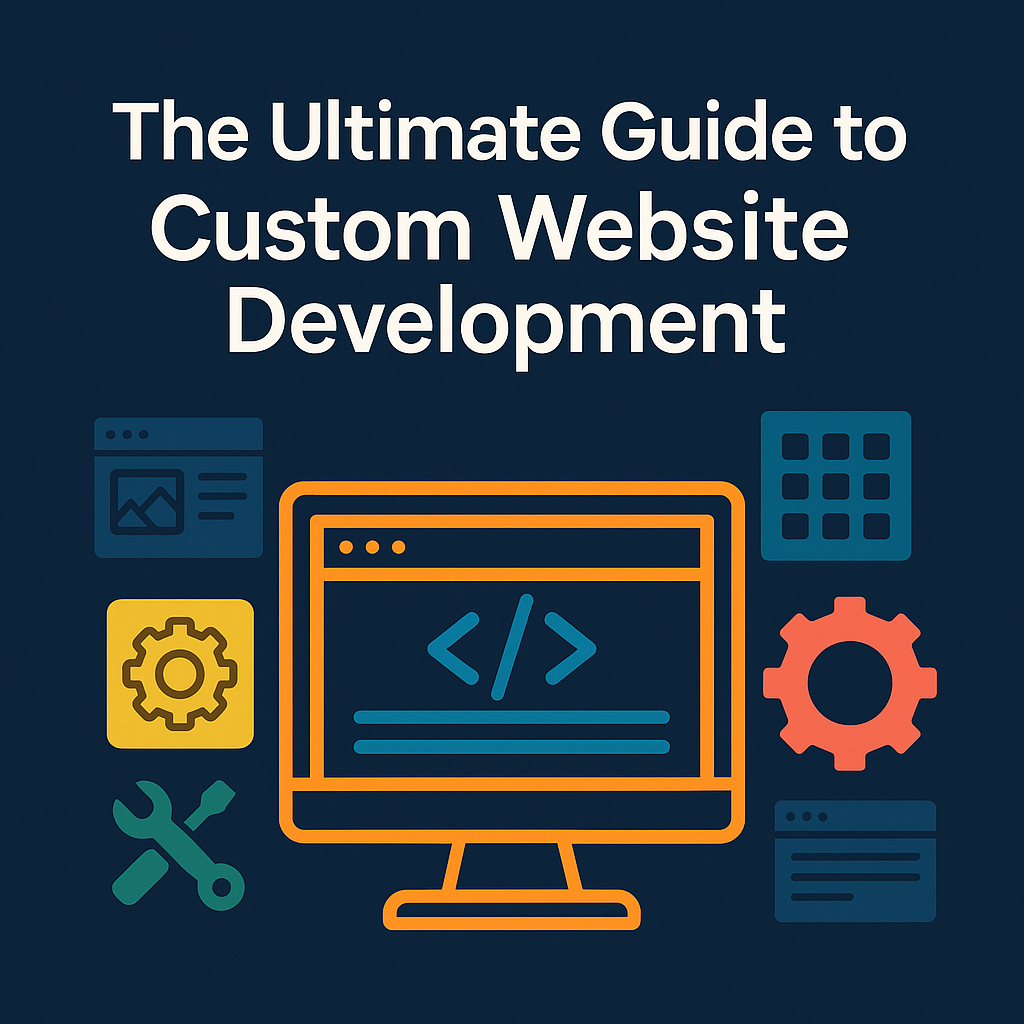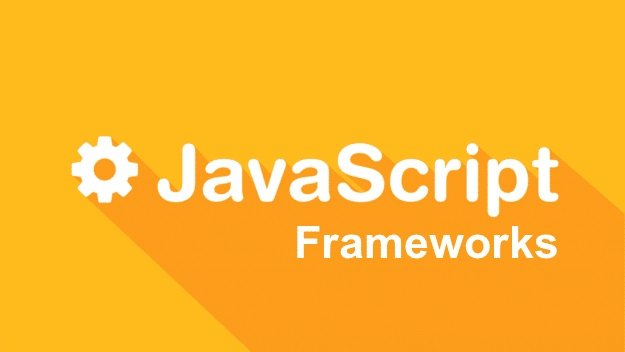In the digital era, having a website is no longer optional — it’s essential. But not all websites are created equal. While template-based websites offer quick and cost-effective solutions, custom website development provides a unique, scalable, and fully tailored experience that can set your business apart.
If you’re considering a new website or a redesign, understanding custom website development is crucial. This ultimate guide will walk you through what custom website development is, its benefits, the development process, and how to get started. Whether you’re a business owner, marketer, or entrepreneur, this guide will help you make an informed decision.
What Is Custom Website Development?
Custom website development refers to building a website from scratch, specifically tailored to meet your unique business needs, goals, and user expectations. Unlike off-the-shelf templates or themes, custom development allows full control over design, features, functionality, and performance.
This approach often involves web developers, designers, and project managers working closely with you to create a site that is scalable, optimized, and aligned with your brand identity.
Why Choose Custom Website Development?
There are several compelling reasons to invest in custom website development:
1. Unique Design and User Experience
With custom development, your website won’t look like a thousand others using the same template. The design is crafted specifically for your brand, target audience, and objectives, which helps you stand out and create a memorable user experience.
2. Tailored Functionality
Do you need a complex booking system, a membership portal, or integration with specific third-party tools? Custom development lets you build exactly the features your business requires, without unnecessary extras.
3. Scalability
A custom website can grow with your business. Whether you want to add new features, improve performance, or expand into new markets, custom-built sites are easier to scale and adapt over time.
4. Better SEO Performance
Custom websites can be optimized from the ground up for search engines, enabling better control over site structure, speed, metadata, and more. This leads to improved visibility and organic traffic.
5. Enhanced Security
Custom development allows you to implement robust security measures tailored to your needs, reducing vulnerabilities that are sometimes found in widely-used templates or plugins.
The Custom Website Development Process
Understanding the development process helps you manage expectations and work effectively with your development team. Here’s a typical step-by-step breakdown:
1. Discovery and Planning
This initial phase involves gathering detailed information about your business, goals, target audience, competitors, and technical requirements. The development team will work with you to define the project scope, features, and budget.
2. Wireframing and Design
Before any coding begins, designers create wireframes and mockups—basic layouts showing the placement of key elements. This helps visualize the website’s structure and user flow. Once approved, detailed design work begins, focusing on branding, color schemes, typography, and UI elements.
3. Development
This is where the actual coding happens. Developers build the website’s front-end (what users see) and back-end (server-side logic, databases, integrations). They implement the agreed features and ensure the website is responsive, fast, and secure.
4. Testing and Quality Assurance
Thorough testing is essential to catch bugs, compatibility issues, and performance problems. This includes functional testing, usability testing, security audits, and speed optimization. Feedback loops between you and the team ensure everything works as expected.
5. Deployment
Once testing is complete and you’re satisfied, the website is deployed to the live server. The team will configure hosting, domain settings, SSL certificates, and other necessary technical aspects.
6. Post-Launch Support and Maintenance
Websites require ongoing care to stay secure and up to date. Many companies offer maintenance plans that include updates, backups, bug fixes, and even performance enhancements.
Key Technologies Used in Custom Website Development
Custom websites can be built using a variety of technologies depending on your requirements:
- Frontend: HTML, CSS, JavaScript, and frameworks like React, Angular, or Vue.js control what users see and interact with.
- Backend: Server-side languages like PHP, Python, Ruby, Java, or Node.js handle data processing, user authentication, and business logic.
- Databases: MySQL, PostgreSQL, MongoDB, or other databases store and manage your data.
- CMS: Some custom websites use Content Management Systems like WordPress or Drupal customized to your needs.
- APIs and Integrations: Connect your website with payment gateways, CRMs, marketing tools, and more.
How to Choose the Right Custom Website Development Company
Selecting the right development partner is critical. Here are some tips:
- Experience and Portfolio: Look for companies with proven expertise in custom development and projects similar to yours.
- Technical Skills: Ensure they use modern technologies and follow best coding practices.
- Communication: Clear, transparent communication is essential throughout the project.
- Support and Maintenance: Choose a company that offers ongoing support post-launch.
- Reviews and Testimonials: Check client feedback on platforms like Clutch or Google.
Tips for a Successful Custom Website Project
- Be Clear About Your Goals: Provide detailed requirements and be involved in the planning process.
- Set Realistic Timelines: Custom development takes time; rushing may compromise quality.
- Budget Wisely: Understand that custom work costs more than templates but offers greater ROI.
- Test Thoroughly: Don’t skip the testing phase to avoid issues after launch.
- Plan for Growth: Think about future needs when designing the architecture.
Conclusion
Custom website development is a powerful investment that can propel your business forward by delivering a unique, efficient, and scalable online presence. While it requires more time and resources upfront, the benefits far outweigh the costs, offering a tailored solution that grows with you.
By understanding the process, benefits, and best practices outlined in this guide, you’re better prepared to embark on your custom web development journey and build a website that truly reflects your brand and serves your audience.



